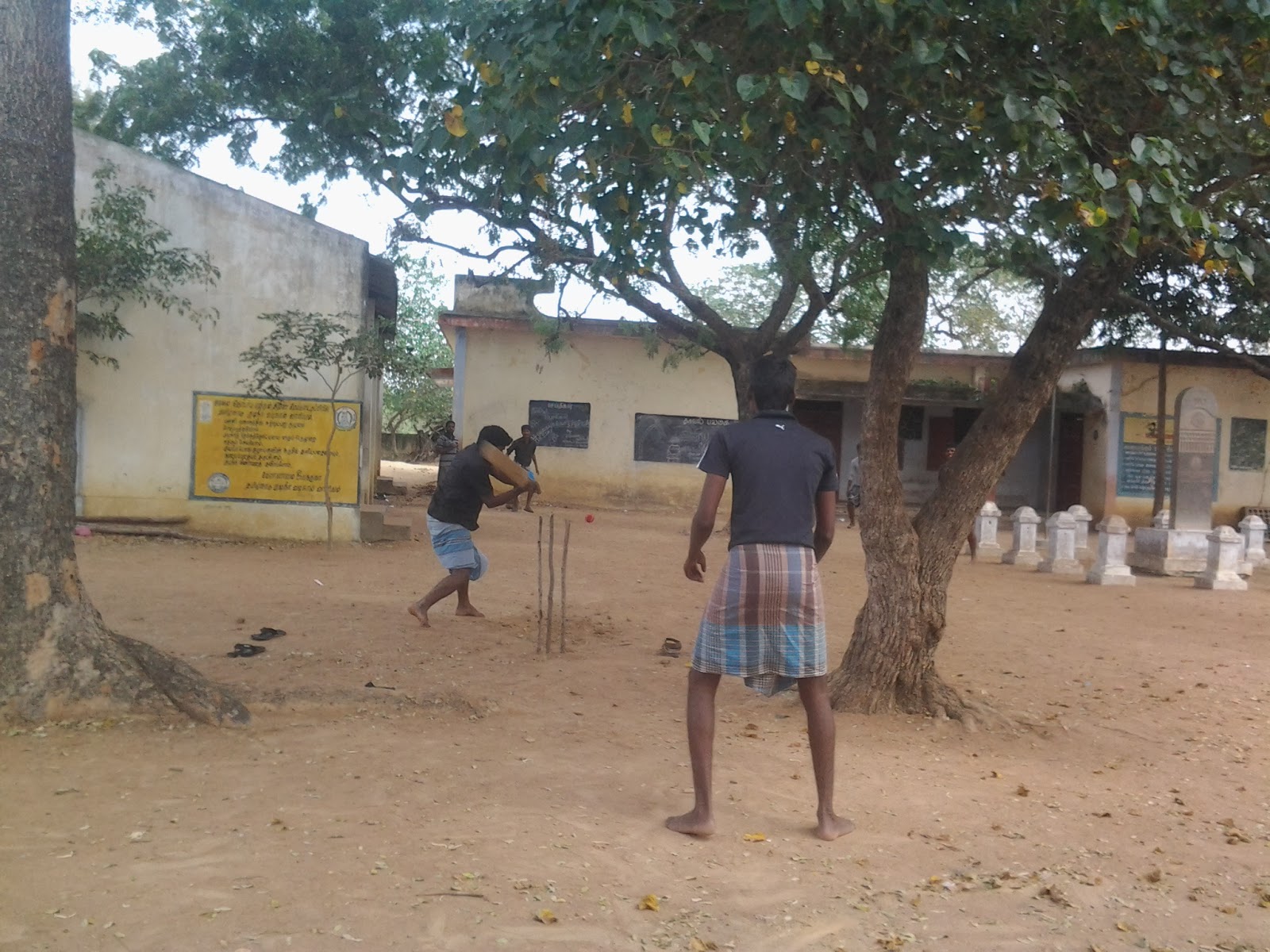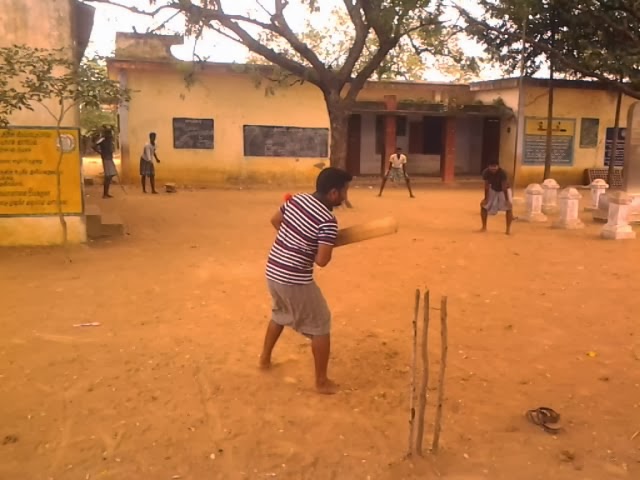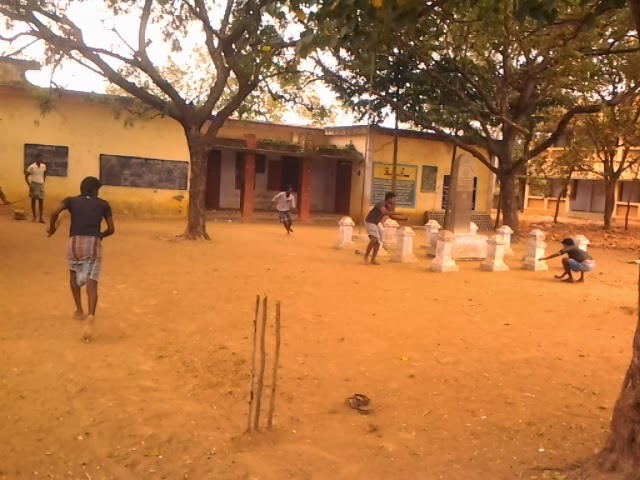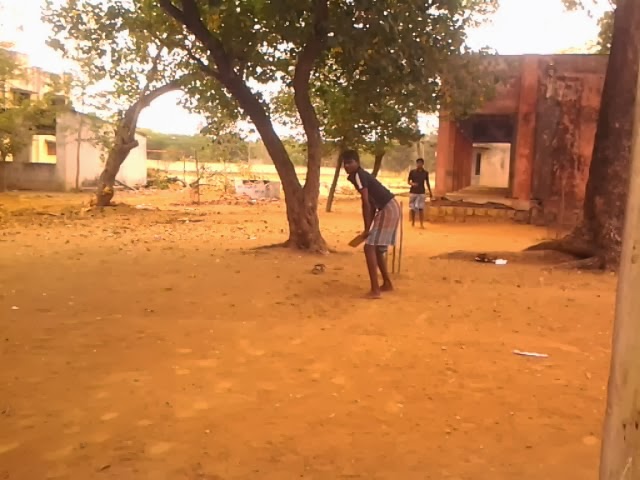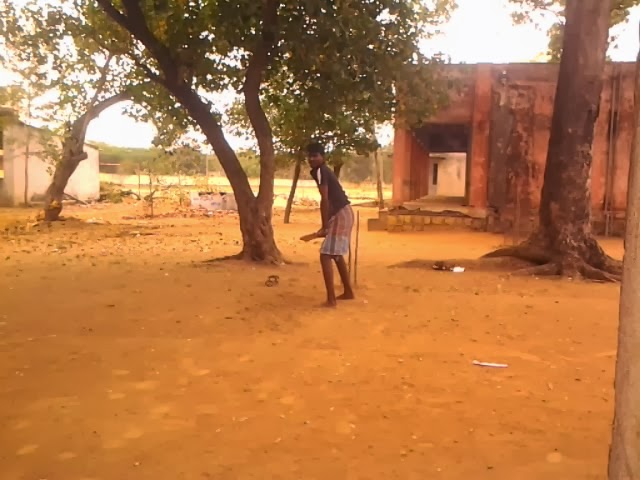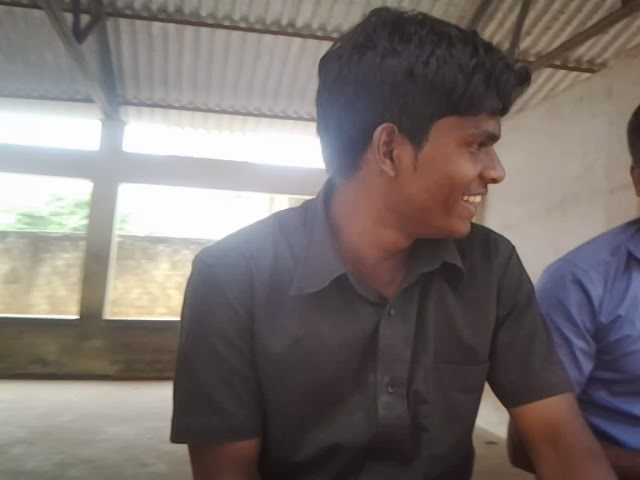save your hard disk!!!!
திங்கள், 22 டிசம்பர், 2014
செவ்வாய், 12 ஆகஸ்ட், 2014
வெள்ளி, 7 மார்ச், 2014
POOMBUHAR
his article is about a town named Poompuhar. For other uses, see Poompuhar (disambiguation).
| Pugar Caveri poompatinum | |
|---|---|
| Village | |
| Coordinates: | |
| Country | India |
| State | Tamil Nadu |
| District | Nagapattinam |
| Elevation | 1 m (3 ft) |
| Languages | |
| • Official | Tamil |
| Time zone | IST (UTC+5:30) |
| Telephone code | 04364 |
| Vehicle registration | TN-51 |
| Nearest city | Sirkazi |
| Lok Sabha constituency | Myladuthurai |
Pugar (Tamil: பூம்புகார்) (also known as Poompugar) is a town in the Nagapattinam district in the southern Indian state of Tamil Nadu. It was once a flourishing ancient port city known as Kaveri poompattinam, which for a while served as the capital of the early Chola kings in Ancient Tamil country Tamizhagam. Puhar is located near the end point of the Kaveri river, aside the sea coast. it is mentioned in the Periplus of Ereythrean sea. it is now established by marine archeological research conducted by the National institute of marine archeology, Goa that much of the town was washed away by progressive erosion and a tsunami around 300 BC. submerged wharves and several meter lengths of pier walls have excavated in recent times have corroborated the literary references to Poompugar.it was rebuilt several times after that. Ancient Pottery dating back to the 4th century BC have been discovered off shore by marine archeologists east of this town.
Contents
[hide]City layout[edit]
| ||||||||||||||||||||||||||||||||||||||||||||||
| ||||||||||||||||||||||||||||||||||||||||||||||
The general plan of the city of Puhar is described in considerable detail in the fifth book of Silapathikaram (c. third century BC). The town was built on the north banks of the river Kaveri. The town had two distinct villages, Maruvurpakkam near the sea and Pattinappakkam to its west. These two village were separated by a stretch of gardens and orchards where daily markets were held under the shades of the trees. The market place was known as Naalangadi during the day and as allangadi by night.
Maruvurpakkam[edit]
The village of Maruvurpakkam was near the beach and had several terraced mansions and warehoused with windows shaped like the eyes of the deer. Maruvurpakkam being close to the shore and hence to the shipyard was naturally preferred by the many overseas travellers, merchants and 'yavanas (foreigner) whose pleasant features arrested the eyes of the spectators living close to each other.
Maruvurpakkam was inhabited by the fisher folk. The town had several warehouses. Weavers, silk merchants,vendors, fish and meat sellers, potters, grain merchants, jewellers and diamond makers lived in Maruvurppakkam.
Pattinappakkam[edit]
The King and nobles, rich traders, physicians, astrologers, members of the king’s army, court dancers occupied Pattinappakkam. The five Manrams - Vellidai Manram, Elanchi Manram, Nedankal manram, Poothachathukkam and Pavaimanram were located in Pattinappakkam. Gardens like Elavanthikaicholai, Uyyanam, Chanpathivanam, Uvavanam, and Kaveravanam added beauty to the town.
In culture[edit]
| This section is empty. You can help by adding to it. (June 2013) |
Thriving ancient city[edit]
A Purananuru poem (poem 30) says that big ships entered the post of Puhar without slacking sail, and poured out on the beach, precious merchandise brought from overseas. In the extensive markets of Puhar there were many tall mansions surrounded by platforms reached by high ladders. These mansions had many apartments and were provided with doorways, great and small, and with wide hallways and corridors (Pattinappaalai – II –142-158). In all parts of the town there were flags of various kinds and shapes flying in the air.
Pattinappaalai, a poem that describes the ancient Puhar very vividly, was written by the poet Kadiyalur Uruthirangannanaar is part of the Ten Idylls anthology and was sung in praise of Karikala Chola, a second century Chola king.
Merchants of Puhar[edit]
Pattinappaalai also gives an idealised description of the merchants plying their trade in Puhar (Pattinappaalai – II –199-212):
- They shunned murder, and put aside theft, pleased the gods by fire offerings,…they regarded others rights as scrupulously as their own, they took nothing more than was due to them and never gave less than was due from them. Trading thus in many articles of merchandise, they enjoyed an ancient heritage of prosperity and lived in close proximity to one another.
City's destruction[edit]
The ancient city of Puhar was destroyed by the sea around 300 BC. Marine archeologists from the national institute of oceanography have established that this could have been the effects of a sediment erosiion and periodic tsunamis. such a tsunami is mentioned in the Tamil poem Manimekhalai (see below), which relates that the town Kāveripattinam or Puhār was swallowed up by the sea. This event is supported by archeological finds of submerged ruins off the coast of modern Poompuhar.[1][2] The town of Kāveripattinam is believed to have disappeared in between the 300 BC due to this Tsunami[3]
Manimekalai[edit]
The ancient Tamil Buddhist poem Manimekalai by the poet Seethalai Saathanar is set in the town of Kaveripattanam.[4][5] Ancient ruins of a 4th-5th century Buddhist monastery, a Buddha statue, and a Buddhapada (footprint of the Buddha) were found in another section of the ancient city, now at Pallavanesvaram.[6]
Geography[edit]
Kaveripattanam is located at 11°08′21″N 79°50′57″E.[7] It has an average elevation of 1 m (3.3 ft).
Politics[edit]
Poompuhar assembly constituency is part of Mayiladuturai (Lok Sabha constituency).[8]
Tourism[edit]
The major tourists attractions in Poompuhar :
Silappathikara Art Gallery A beautiful building of great sculptural value has been built as Sillappathikara Art Gallery.Scenes from Sillappathikaram, the Epic of the land have been given lively shapes in stones on the walls of the Gallery. These sculptures carved by the sculptors of Mamallapuram Art College remain the treasure house of Tamil Culture.
Masilamani Nathar Koil Though heavily eroded by the sea in a number of places, this temple built in 1305 by Maravarma Kulasekara Pandiyan, still manages to impress all the tourists to Poompuhar with its architectural richness.
Gallery[edit]
இதற்கு குழுசேர்:
கருத்துகள் (Atom)

















